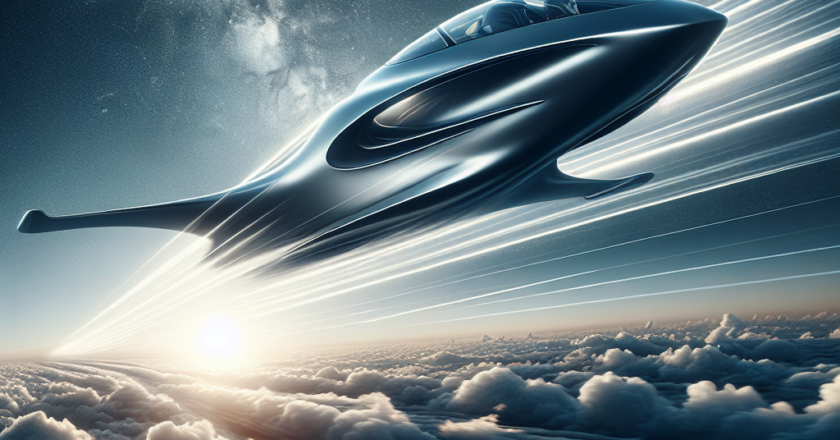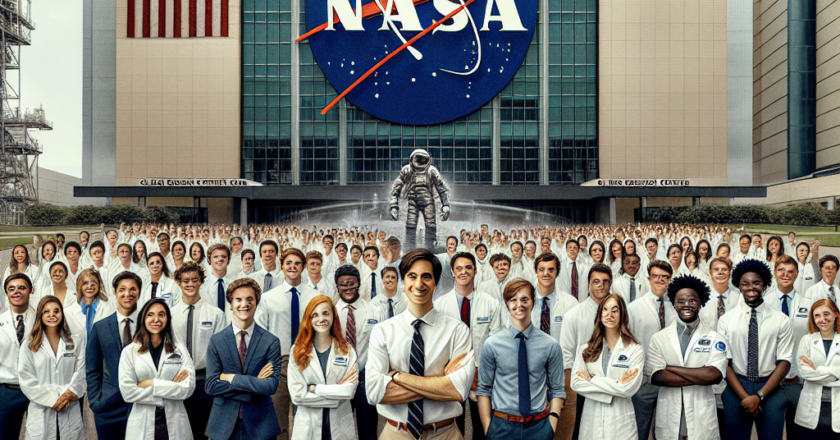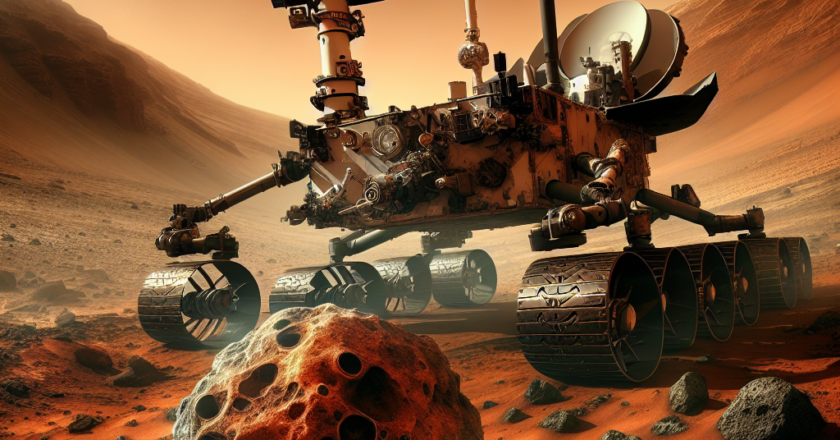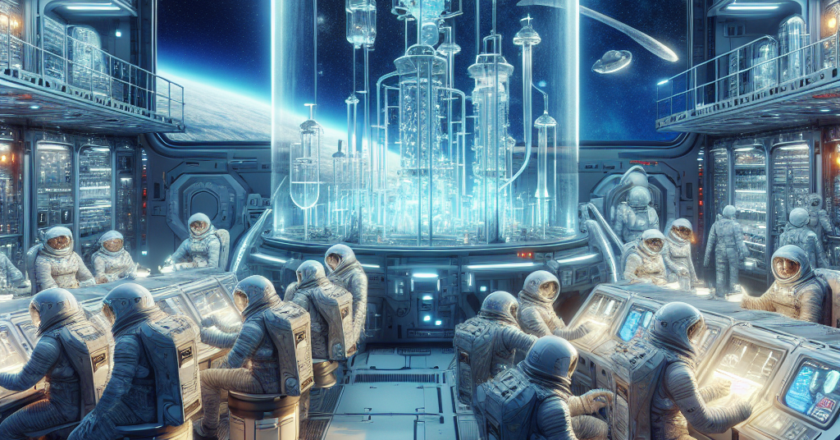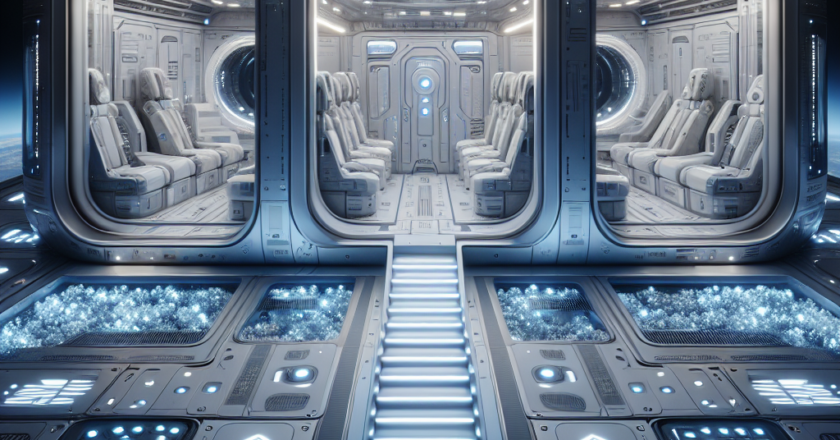NASA Glenn Research Center Symposium: Challenges and Innovations in Human Spaceflight
NASA Glenn Research Center Symposium Summary
- NASA Glenn Research Center's Director, Dr. Jimmy Kenyon, and Chief Counsel, Callista Puchmeyer, were part of a symposium discussing the challenges of human spaceflight.
- The symposium was hosted at Cleveland State University (CSU) College of Law on February 13.
- Dr. Kenyon delivered a keynote speech that highlighted NASA Glenn's work and initiatives in the realm of human space exploration.
Author's Take
NASA Glenn Research Center's symposium sheds light on the operational and legal complexities of human spaceflight, demonstrating the agency's commitment to addressing challenges in this frontier. Dr. Kenyon's keynote provided valuable insights into NASA Glenn's contributions to space exploration, emphasizing the pursuit of innovation and k...


